The “Exercise as Medicine” mindset marks a vital shift in how we view physical activity. Instead of solely chasing aesthetic goals or a certain body type, this perspective emphasizes the profound internal health benefits derived from regular movement. It champions exercise as a powerful, non-pharmacological intervention for enhancing well-being, recognizing that its true value lies in optimizing our body’s fundamental functions, from cellular health to organ system efficiency, rather than just superficial appearance.
Regular physical activity is a cornerstone of a robust immune system and a potent shield against chronic diseases. Engaging in consistent exercise helps circulate immune cells more effectively, enhancing the body’s ability to detect and combat pathogens. Furthermore, it plays a critical role in preventing and managing conditions like type 2 diabetes, heart disease, certain cancers, and osteoporosis, by improving insulin sensitivity, lowering blood pressure, reducing inflammation, and strengthening bones, thus offering a comprehensive preventative approach to long-term health.
The scientific community continually uncovers compelling evidence supporting exercise’s therapeutic effects across a spectrum of health conditions. From improving mental health disorders like depression and anxiety by stimulating endorphin release and reducing stress hormones, to aiding in rehabilitation after stroke or injury, the data is clear. Exercise is not just a lifestyle choice; it’s a clinically proven tool for disease prevention, symptom management, and overall longevity, underscoring its indispensable role in modern healthcare.
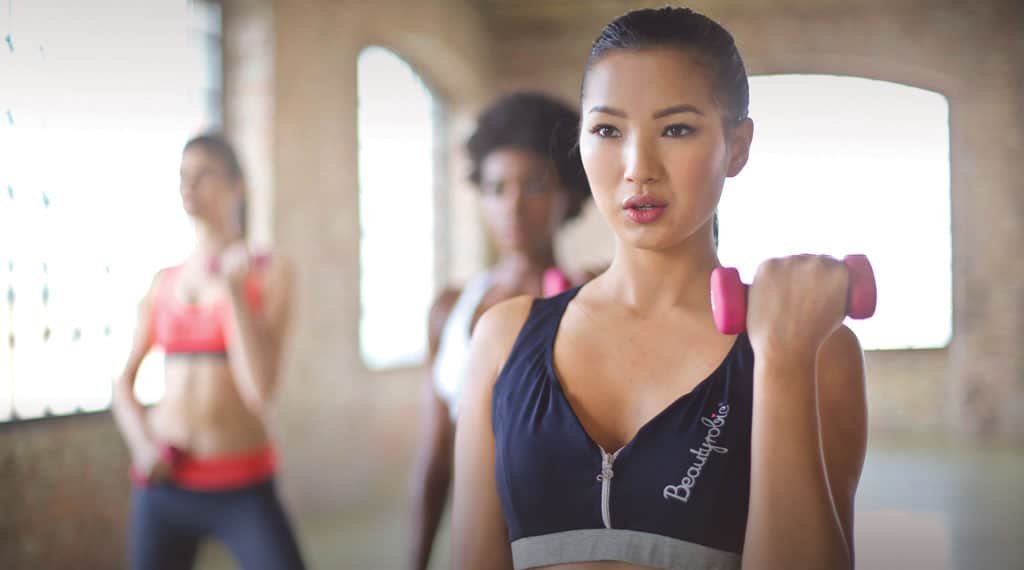
Time-Efficient Fitness Routines for Busy Parents and Caregivers
Maximum Results, Minimum Time
High-intensity interval training (HIIT) is perfect for parents who can only squeeze in 15-20 minute workouts. A simple routine might include 30 seconds of jumping jacks, followed by 30 seconds of bodyweight squats, then 30 seconds of push-ups, with 15-second rest periods between exercises. Repeat this circuit 4-5 times for a complete workout that targets multiple muscle groups and elevates heart rate. The beauty of HIIT is that you can do it anywhere – in your living room while kids nap, in the garage, or even outside while children play nearby.
Compound exercises that work multiple muscle groups simultaneously maximize your workout efficiency. Focus on movements like burpees, mountain climbers, squat-to-press combinations, and plank variations that engage your entire body. A 10-minute routine combining these exercises can be more effective than 30 minutes of isolated movements. Try setting a timer for tabata-style training: 20 seconds of work followed by 10 seconds of rest, cycling through 4 different compound exercises twice for a quick but intense session.
Make fitness part of your daily routine by incorporating “exercise snacks” throughout the day. Do calf raises while brushing teeth, wall push-ups during commercial breaks, or take the stairs two at a time. Park farther away from stores, do squats while waiting for coffee to brew, or turn household chores into mini-workouts by adding lunges while vacuuming or dancing while folding laundry. These small bursts of activity add up and help maintain fitness levels even when dedicated workout time is scarce.
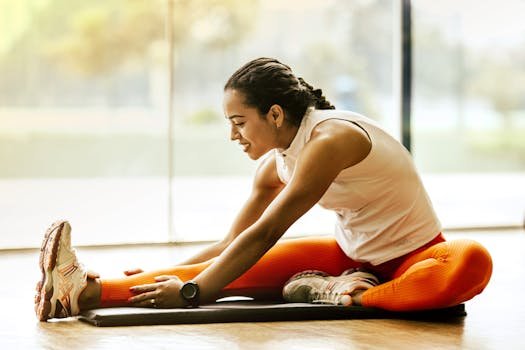
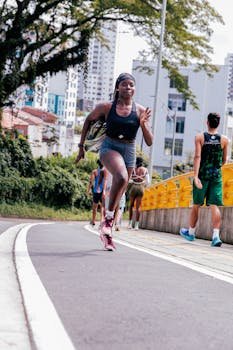
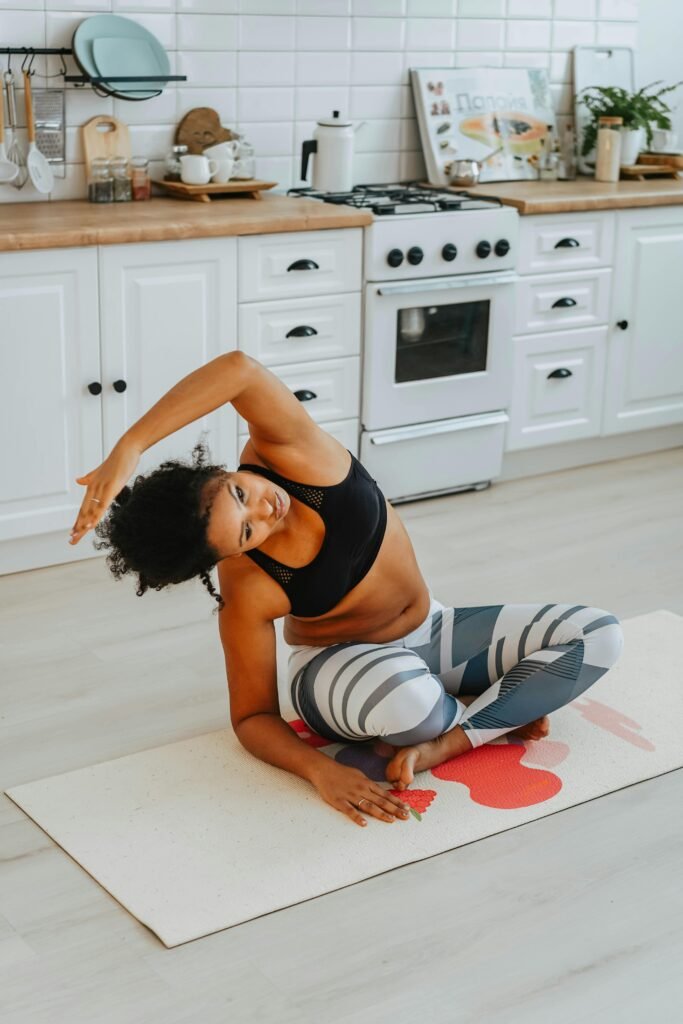
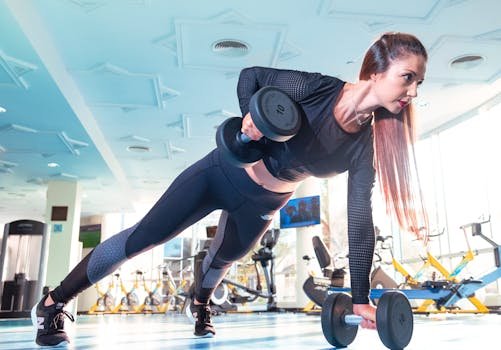
🧠 How Exercise Impacts Your Mental Health
In today’s fast-paced, hyper-connected world, taking care of your mental health has never been more important. While therapy, mindfulness, and medication play key roles in mental well-being, one incredibly powerful — and often underestimated — tool is exercise.
Beyond physical benefits like weight loss, improved cardiovascular health, and muscle tone, regular physical activity can have a profound impact on your mind. Here’s how.
1. Boosts Mood Instantly
Ever heard of a “runner’s high”? That euphoric feeling isn’t a myth. Exercise stimulates the production of endorphins, the brain’s feel-good chemicals that act as natural mood lifters. Even a brisk 20-minute walk can significantly boost your mood.
💡 Fun fact: Exercise also increases dopamine and serotonin — key players in reducing anxiety and depression.
2. Reduces Stress and Anxiety
When you’re stressed, your body releases cortisol, the “stress hormone.” Regular physical activity helps regulate cortisol levels, making it easier to manage everyday stress.
Exercise also provides a mental break. Whether it’s lifting weights, swimming, or dancing, movement distracts your mind from stressors, creating a meditative, calming effect.
3. Improves Sleep Quality
Quality sleep is crucial for mental health. Studies show that people who exercise regularly fall asleep faster and enjoy deeper sleep. Good sleep helps regulate mood, sharpens focus, and improves emotional resilience.
💤 Try: Low-impact exercises like yoga or stretching in the evening to wind down.
4. Boosts Self-Esteem and Confidence
As you stay consistent with exercise, you’ll likely notice positive changes in your body — increased strength, better posture, more energy. These changes naturally lead to greater self-confidence and a more positive self-image.
And it’s not just about appearance — it’s about how strong, capable, and resilient you feel.
5. Protects Against Depression
Numerous studies suggest that exercise can be just as effective as antidepressant medication for some people — especially in cases of mild to moderate depression. It helps by rewiring the brain in positive ways and reducing inflammation, which is linked to depression.
🚴 Pro tip: You don’t need high-intensity workouts. Even walking for 30 minutes a day, 3–5 times a week, can make a difference.
6. Creates Routine and Purpose
When life feels chaotic, exercise provides a sense of structure and achievement. Committing to a workout routine — even a small one — can give you daily purpose, something to look forward to, and a feeling of control.
Final Thoughts
You don’t have to become a gym junkie to feel the mental health benefits of exercise. Start small. Take the stairs, walk your dog, try a yoga video, or dance around your living room. The key is consistency, not perfection.
Your mind and body are deeply connected — and by moving your body, you’re also healing and empowering your mind.
Let’s move toward better mental health, one step at a time.
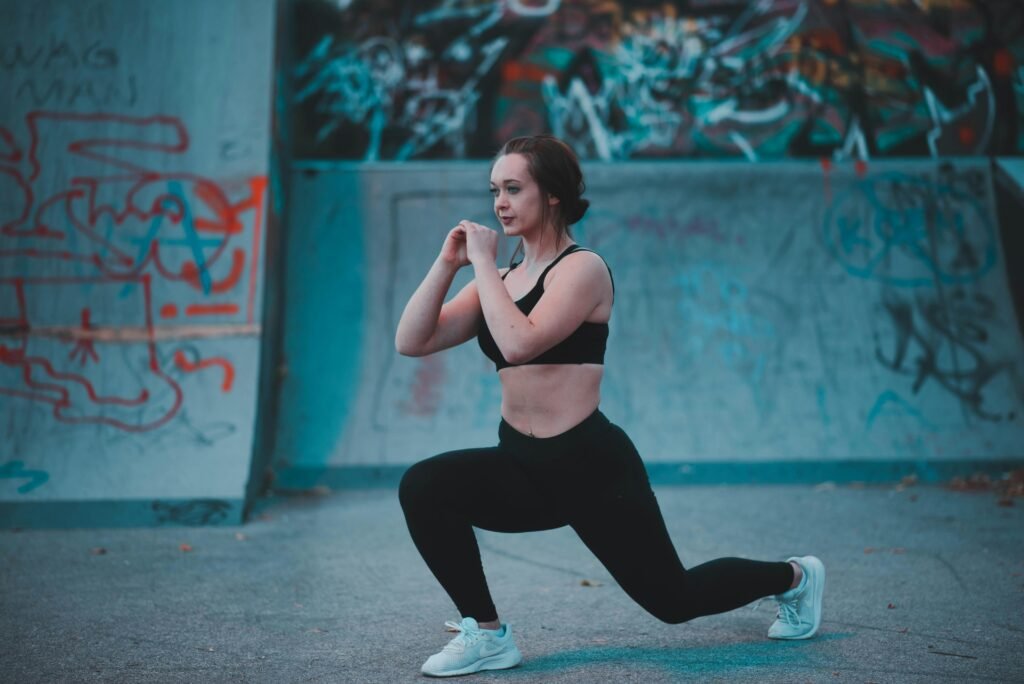
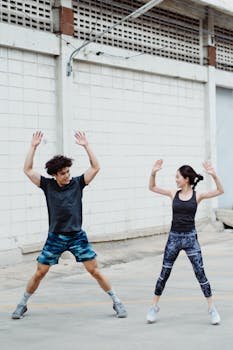
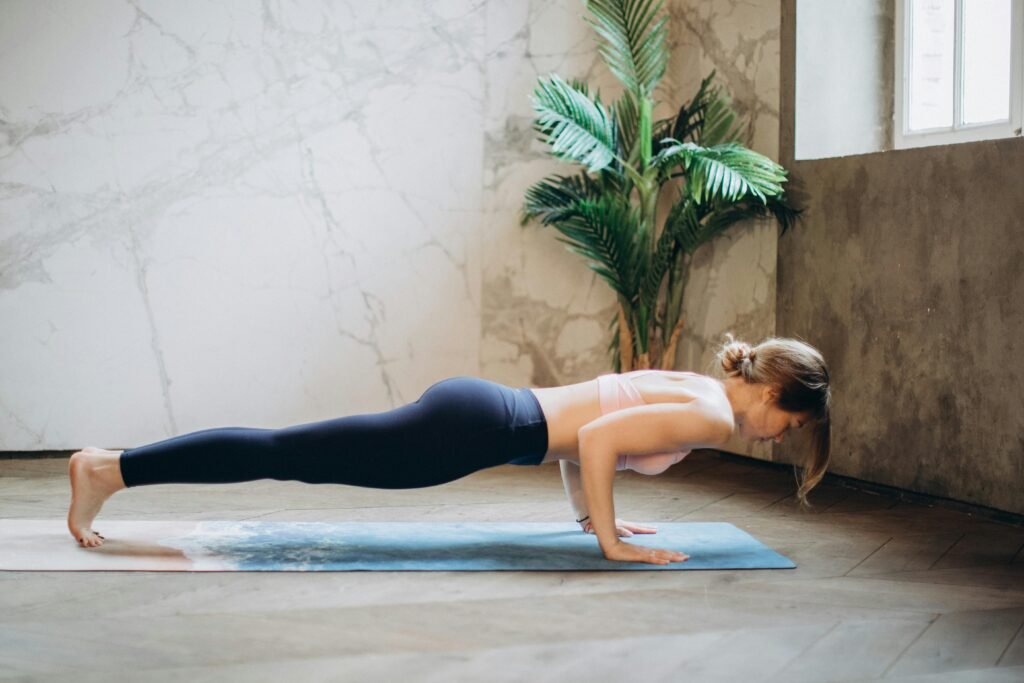

💪 Bodyweight Exercises You Can Do Anywhere
You don’t need a gym membership or fancy equipment to get fit — your body is the gym. Bodyweight exercises are simple, effective, and completely equipment-free, which makes them perfect for home, travel, or even a quick office workout.
Whether you’re a beginner or getting back into fitness, here’s a list of bodyweight exercises you can do literally anywhere — from your living room to a hotel room to a quiet corner of the park.
1. Squats
Squats target your quads, hamstrings, glutes, and even your core.
How to do it:
- Stand with feet shoulder-width apart
- Lower your body like you’re sitting in a chair
- Keep your chest up and knees behind your toes
- Push through your heels to stand back up
🌀 Make it harder: Add a jump at the top (jump squats)
🧱 2. Push-Ups
Great for building upper-body and core strength.
How to do it:
- Place hands shoulder-width apart on the ground
- Lower your chest toward the floor, elbows at about a 45° angle
- Keep your body in a straight line from head to heels
- Push back up
🌀 Modify it: Do knee push-ups or incline push-ups (hands on a bench or table)
🐛 3. Plank
This one’s a core crusher and full-body stabilizer.
How to do it:
- Rest on your forearms and toes
- Keep your body flat like a board — no sagging hips!
- Hold for 20–60 seconds
🌀 Add variety: Try side planks or plank shoulder taps
🦵 4. Lunges
Great for legs, glutes, balance, and coordination.
How to do it:
- Step one leg forward, lowering your hips until both knees are at 90°
- Push back to standing and switch sides
🌀 Challenge yourself: Try walking lunges or jumping lunges
🧍♂️ 5. Glute Bridges
Perfect for your posterior chain — especially if you sit a lot.
How to do it:
- Lie on your back with knees bent, feet flat
- Lift your hips toward the ceiling, squeezing your glutes
- Lower and repeat
🌀 Level up: Try single-leg bridges for a bigger challenge
🐻 6. Mountain Climbers
A cardio-core combo that also gets your heart rate up.
How to do it:
- Get into a plank position
- Drive one knee toward your chest, then switch quickly
- Keep your core tight and back flat
🌀 Pro tip: Go slow and controlled for core work, fast for cardio
🕺 7. Jumping Jacks
An old-school favorite for full-body warm-ups and cardio.
How to do it:
- Jump legs out while swinging arms overhead
- Jump back to the starting position
- Repeat in a steady rhythm
🌀 Time it: Do 30 seconds on, 10 seconds rest for a quick cardio burst
📋 Sample 10-Minute Anywhere Bodyweight Workout
Do each exercise for 40 seconds, rest for 20 seconds. Repeat 2 rounds:
- Bodyweight Squats
- Push-Ups
- Plank
- Lunges
- Mountain Climbers
🔥 Optional finisher: 1 minute of jumping jacks
